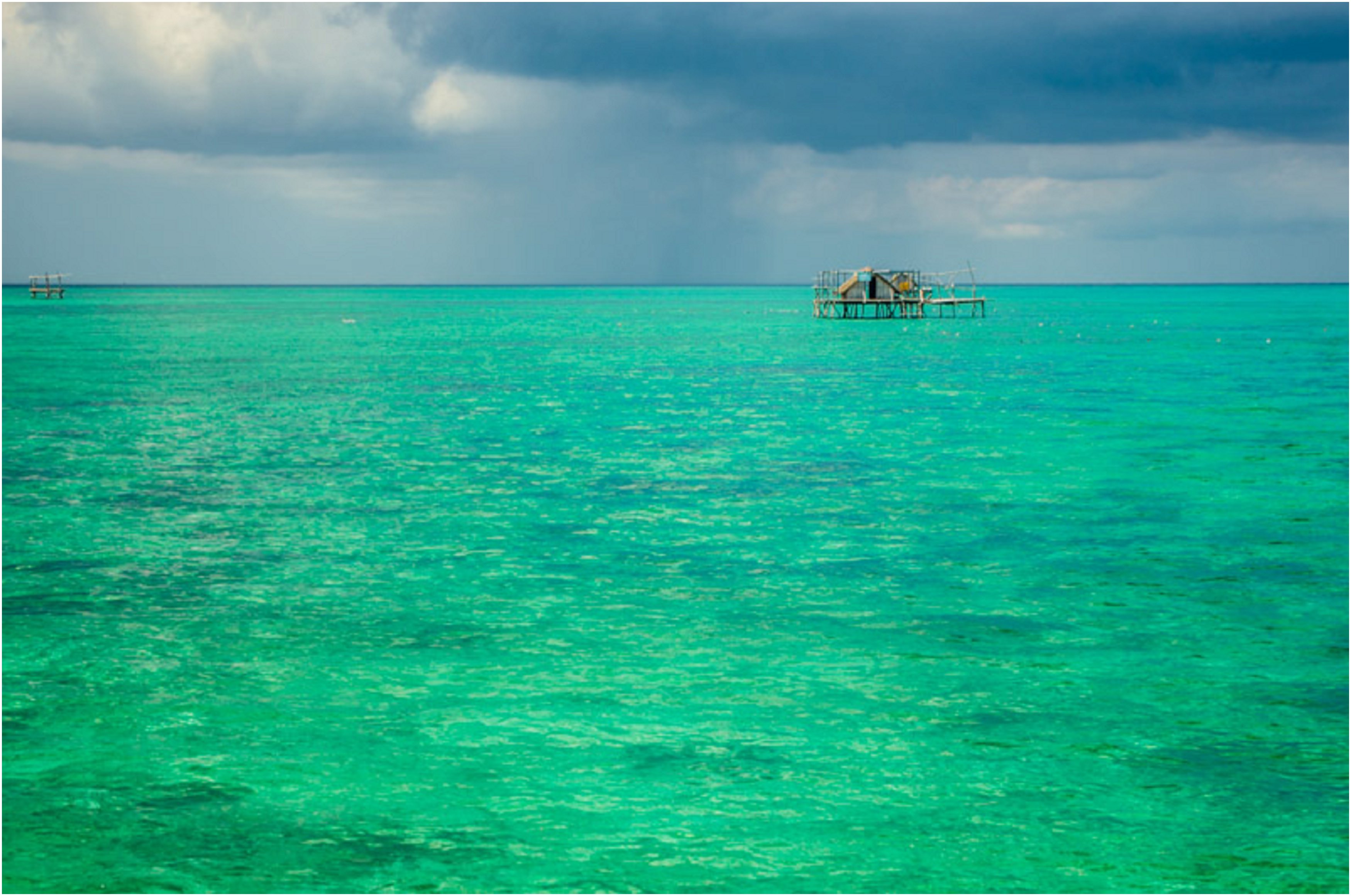
On my search for remote places in Coron Palawan for my project “ first Photograph” seeking people who haven’t got any pictures of their own yet, I’ve found the lovely and friendly kids of Balinsungan village, the Guardians of Kayangan lake and the people of Marcilla. This journey lead me to an unexpected experience, I was lucky enough to get a sneak peek of how they live their lives. In this last chapter of my Travel in Coron, I got a confirmation that I can show this place to the world. Ms. Anet, Chieftain of the tabanua tribe in Marcilla, told me that I was the first one to visit their Agar agar farm in the sea and it was surreal and magical.
That morning we prepared to travel the sea, packed with fire wood, rice, and water. I was told that we will catch a fish for lunch and at that moment I was really worried about how I would able to catch these actions without getting my camera wet.
My eyes were so full to see how much beauty this place has. I saw a tiny cove in the mangroves as we’re about to leave the mangrove pier.
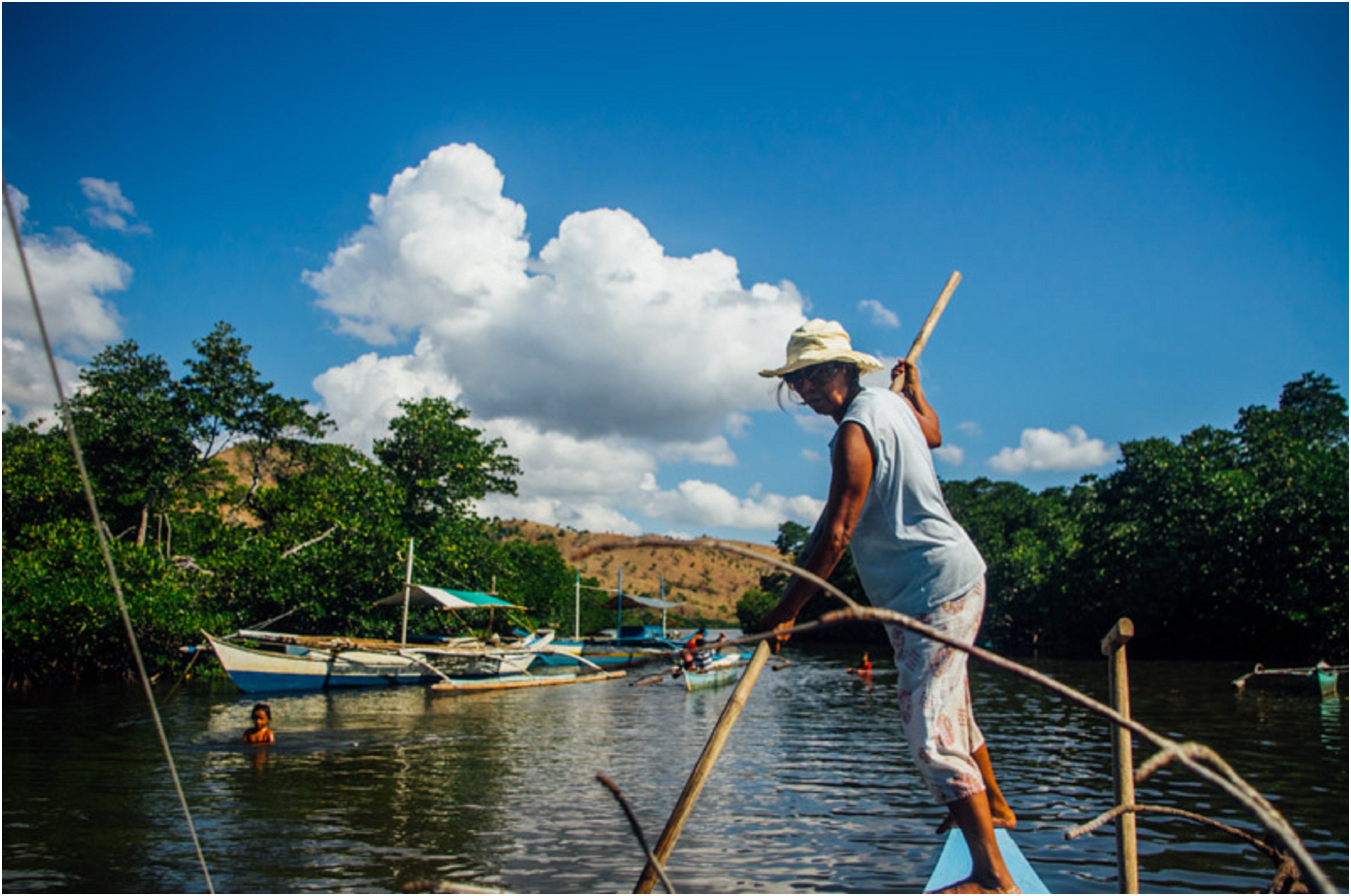

I was told that they have a plantation of agar-agar, a type of seaweed which is a main ingredient for making soap and gelatin. The tagbanua elders found a location where they can plant it abundantly in the middle of the sea and the tradition has been handed down through generations.
Ms. Anete and her family brought me to an Island so small you can walk around it in 20 minutes. This island is where they gather to meet and rest, hang out, and count their catch.
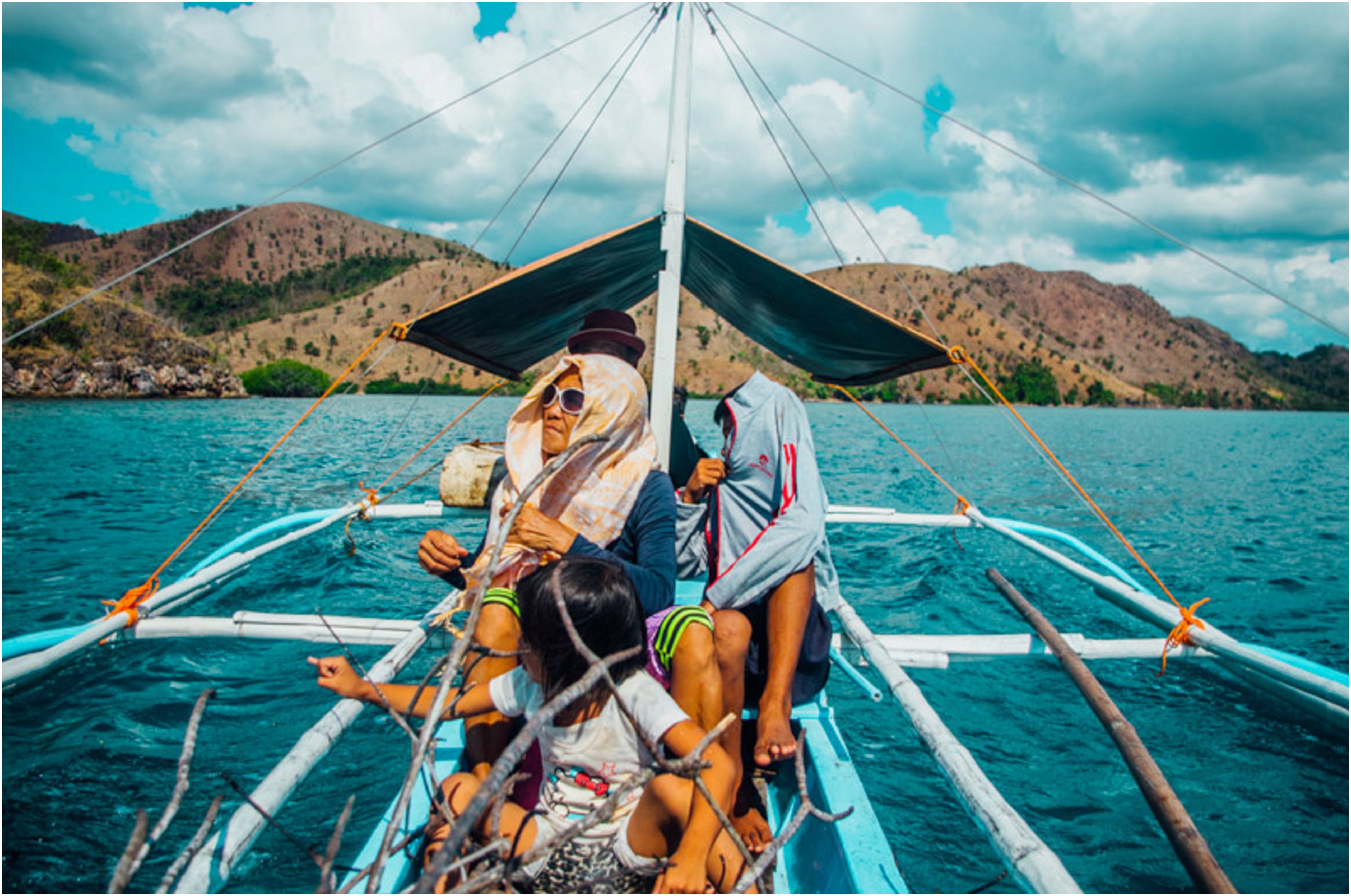

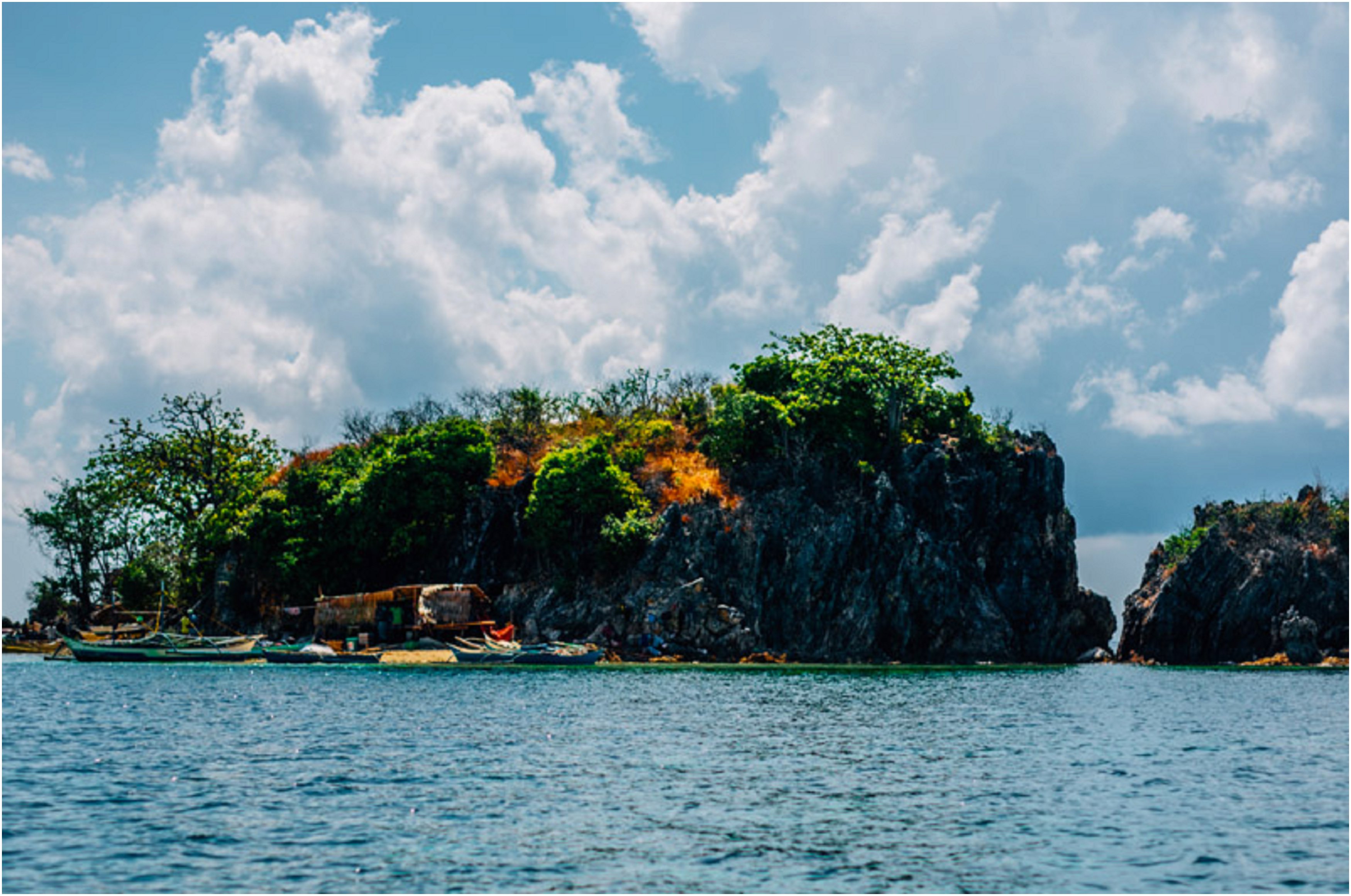
A Tagbanua community on Coron Island in northern Palawan. All of Coron Island and its surrounding waters were declared native ancestral land and sea in 2003. Non-natives are not allowed to own land or even fish within the ancestral domain. However, there are still a number of outsiders who fish within the Tagbanua territory.

The Calamian Tagbanua utilize many of the oceans resources. It seemed like I’m always running into another type of activity or harvesting method in each new place we visited. Harvesting seaweed, sea cucumbers, high-priced live fish, spearfishing, net fishing and octopus fishing are some of the ones we encountered.
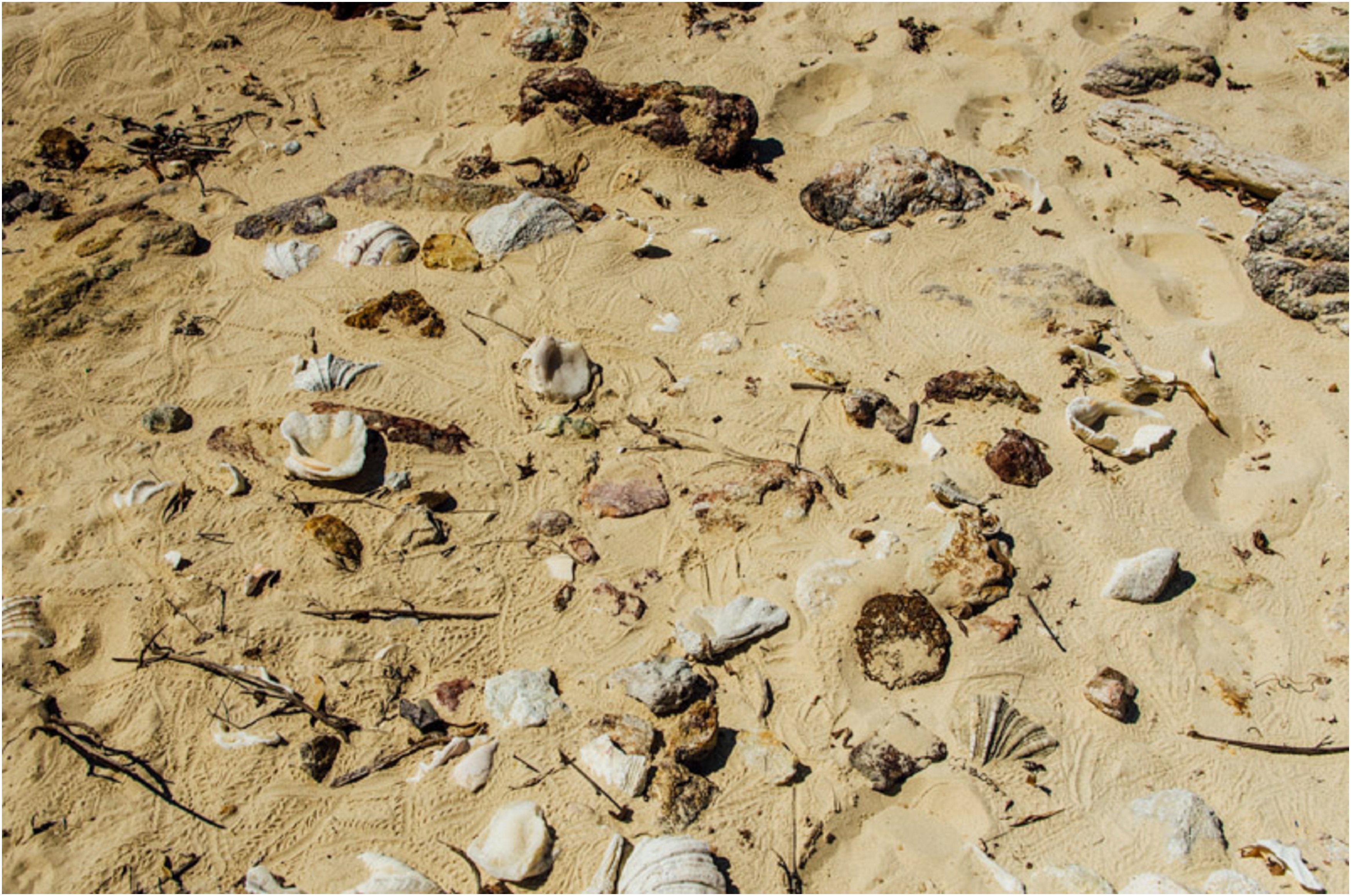
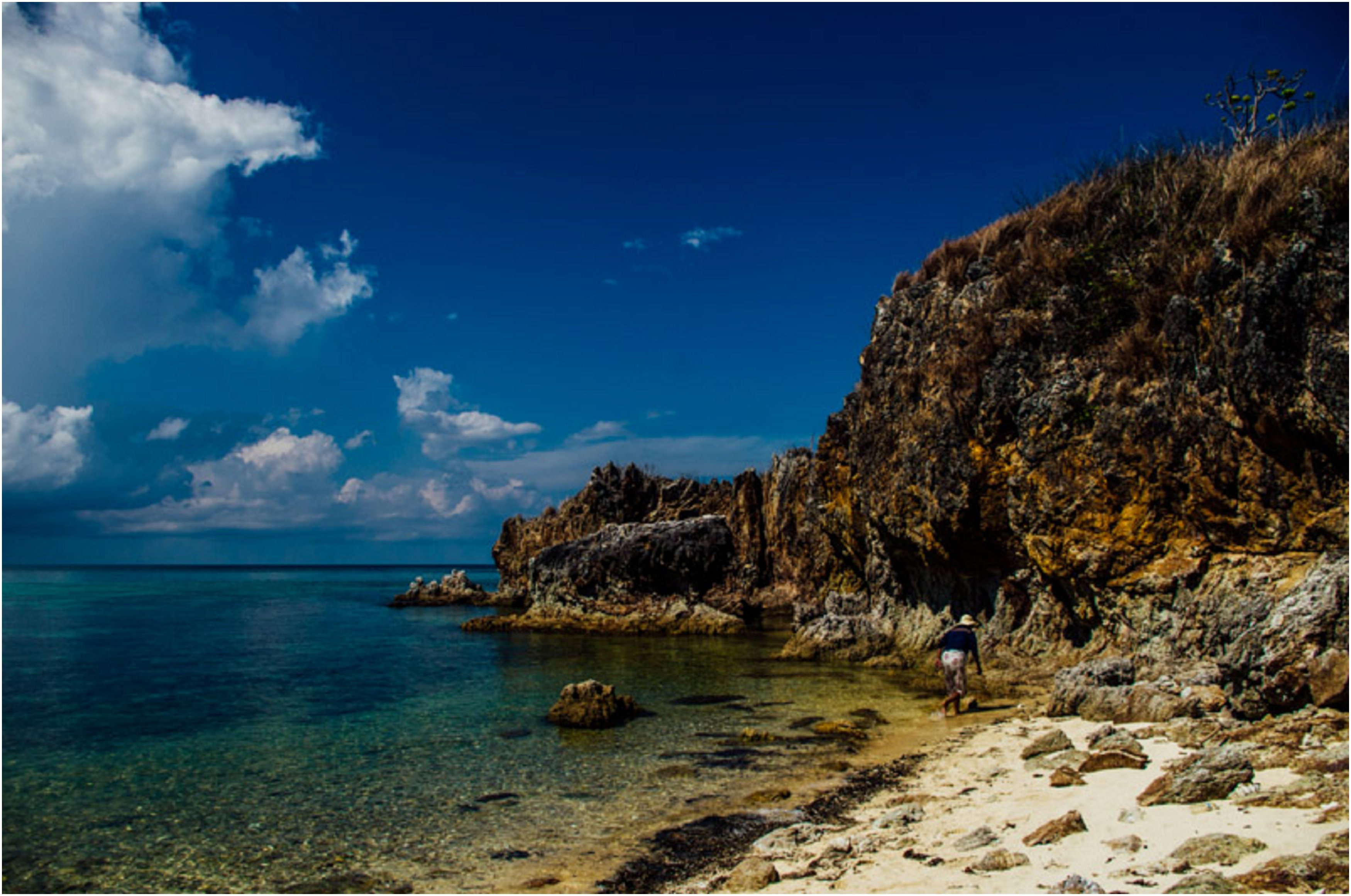

I was able to make some shorter visits to a number of different Tagbanua communities on Coron Island. Each one had a unique feel to it and all were fairly isolated from each other.

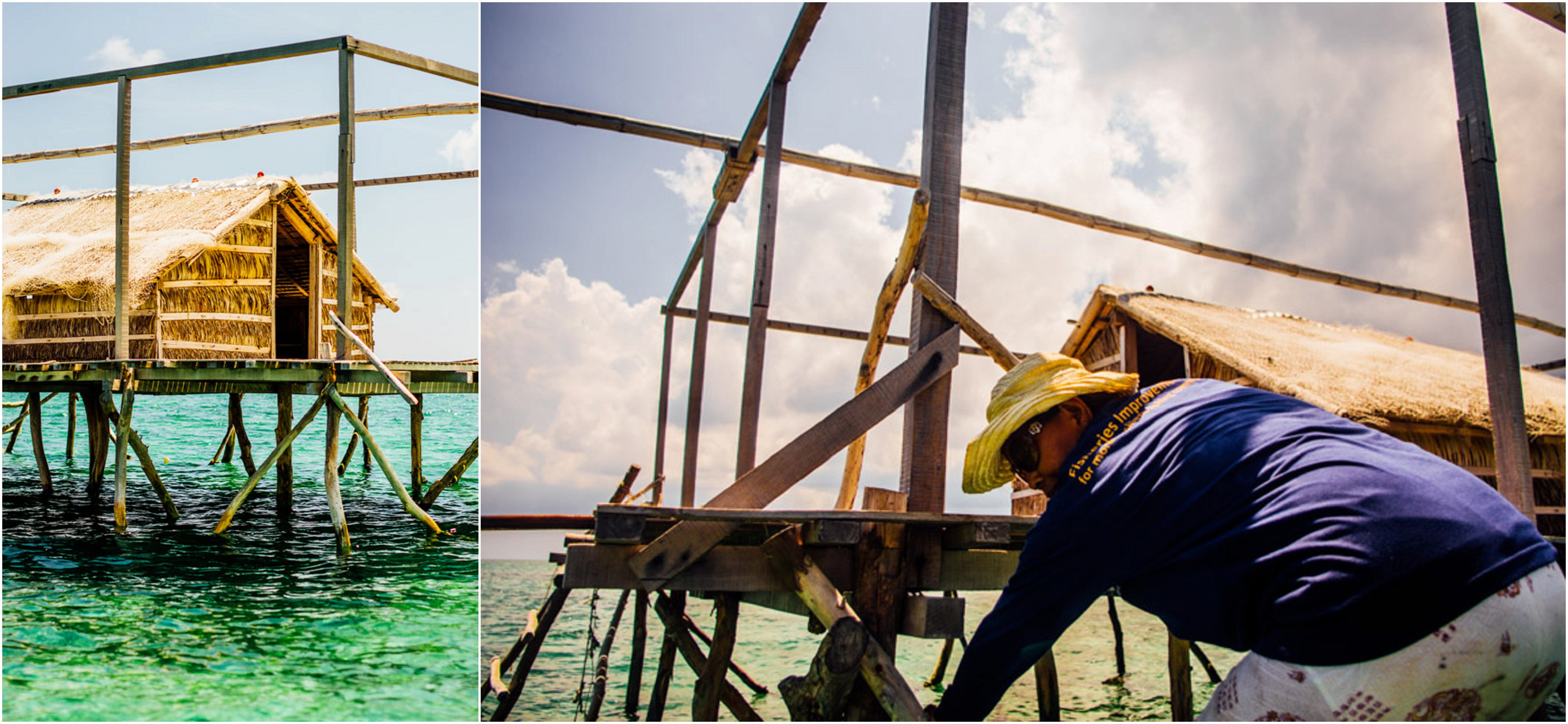









We were able to make some shorter visits to a number of different Tagbanua communities on Coron Island. Each one had a unique feel to it and all were fairly isolated from each other. There were also some single isolated homes on the edge of the island, mostly single families who were watching and protecting there swift nest land. After swift nest season is over these families will go back to their main community, likely in one of the two main barangays on the island. Boat travel around the island is really the only way to get around. Because of the tall cliffs there are very scarce paths or routes connecting different communities. Bamboo rafts are often used to get around for short distances.

My time with the Tagbanua on Coron Island was relatively short. Being one of the few success stories for indigenous peoples in the Philippines, I was not really sure what to expect with our trip here. By success story, I mean the Tagbanua having full claim to Coron Island and the surrounding water as ancestral domain. I thought things may be harder to organize and perhaps we might not be able to find a more “authentic” community. It turned out that things went fairly well and I was happy that the places we visited were so accommodating. Now that the Tagbanua have rights over their land there is conflict as to where the tourist money is going. Clearly, by having full rights to their land the Tagbanua of Coron Island have set an example for indigenous rights in the country. I just hope they will stay on course and figure out the best way to continue and improve their lives.
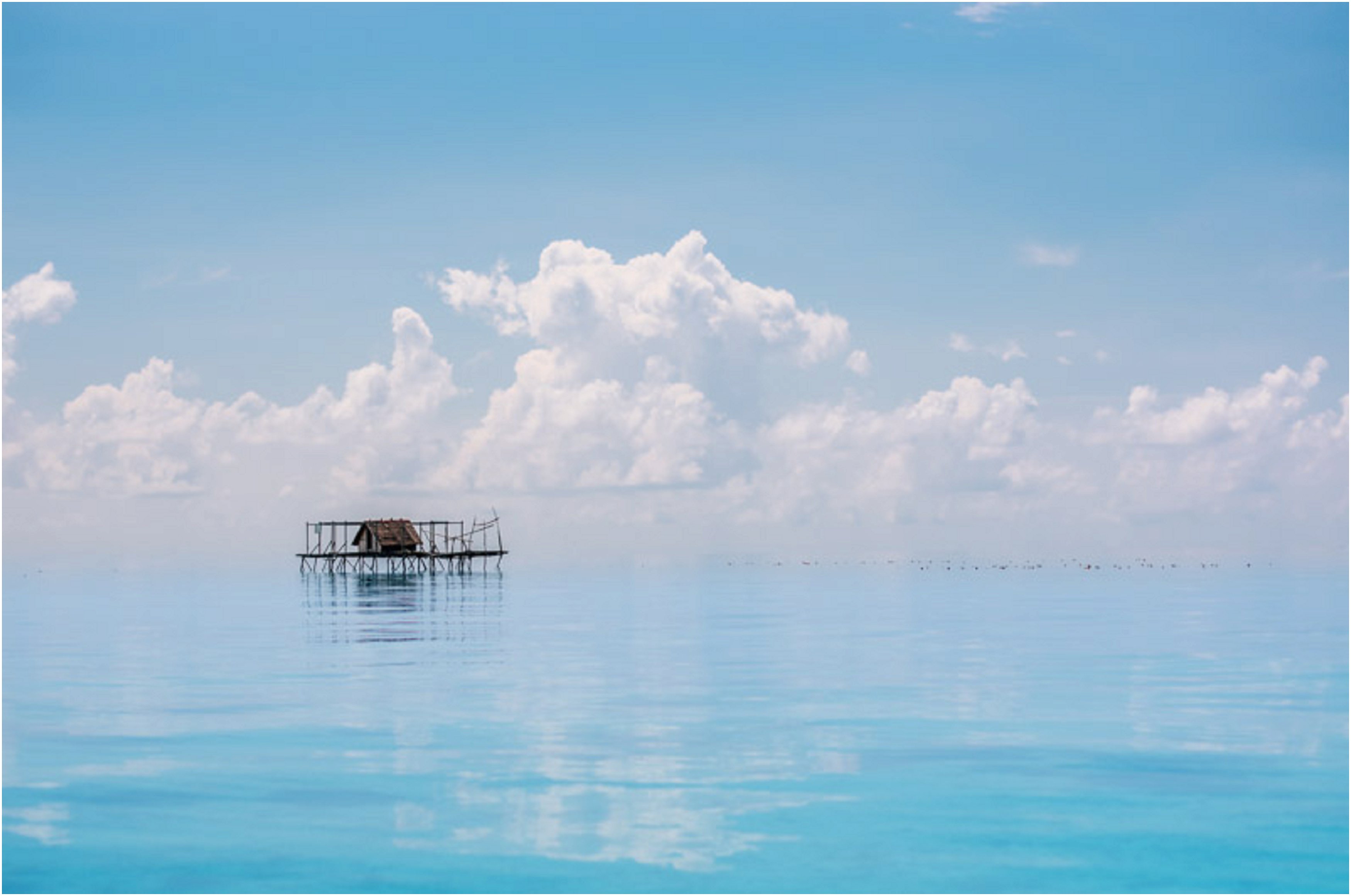
There is no question that Coron Island is a beautiful place. I was amazed though that there are still somewhat isolated Tagbanua communities like the one I stayed with on Cabu beach mangroves area. It makes me feel fortunate that I was able to visit this place, perhaps before tourism infiltrates more of the island.
I can’t thank enough the people who helped me on this journey, Kodak Philippines and people who believed that photography has the power to change lives.